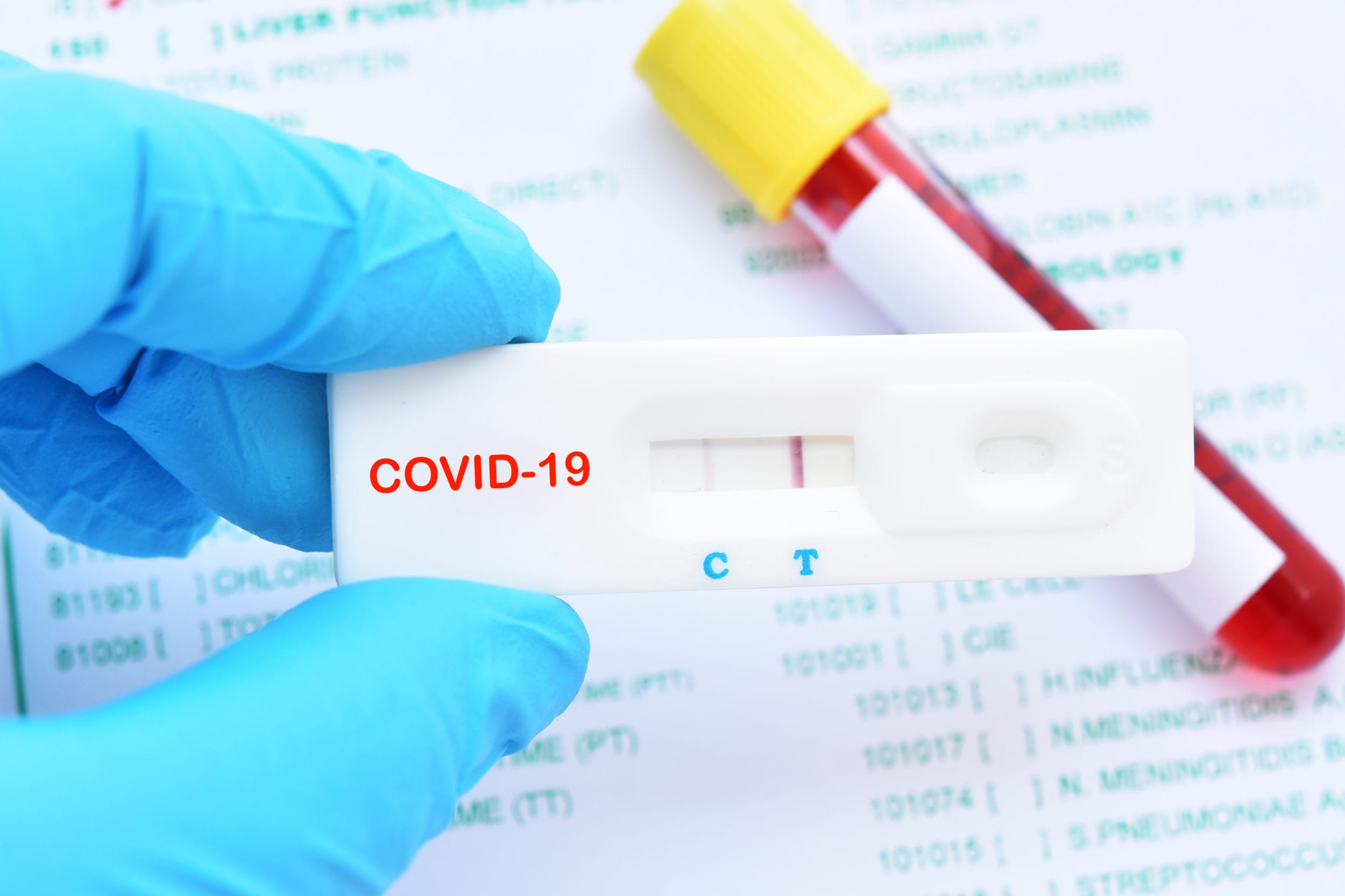New studies underscore why poor testing capacity is such a risk
Someone who has coronavirus is supposed to quarantine at home for 14 days. Someone who doesn’t have symptoms but has been credibly exposed to the virus — like has a close contact with the disease or has traveled to an area where the virus is spreading — is also supposed to quarantine.
However, growing data suggests the number of people with mild symptoms who were never diagnosed with Covid-19 and infected people without any symptoms at all might be higher than realized. A recent study published in JAMAreported that among people with mild flu-like symptoms that were randomly tested for Covid-19 at a health center in Los Angeles in mid-March, 5% tested positive. Most of these people did not have risk factors for the disease and were active in the community throughout the time they had the illness. (Until very recently, the only people getting tested for Covid-19 were people with severe illness.)
Last week the Centers for Disease Control and Prevention changed its stance on face masks, advising people to start wearing cloth masks in public because, as the agency said: “We now know from recent studies that a significant portion of individuals with coronavirus lack symptoms (“asymptomatic”) and that even those who eventually develop symptoms (“pre-symptomatic”) can transmit the virus to others before showing symptoms. This means that the virus can spread between people interacting in close proximity — for example, speaking, coughing, or sneezing — even if those people are not exhibiting symptoms.”
Just how many people have the virus without symptoms is unknown, but Dr. Anthony Fauci recently said that 25–50% of cases could be asymptomatic. The United States is still struggling to ramp up testing, which means the exact number of people with the virus may never be known. The current confirmed case count in the U.S. is 379,965.
